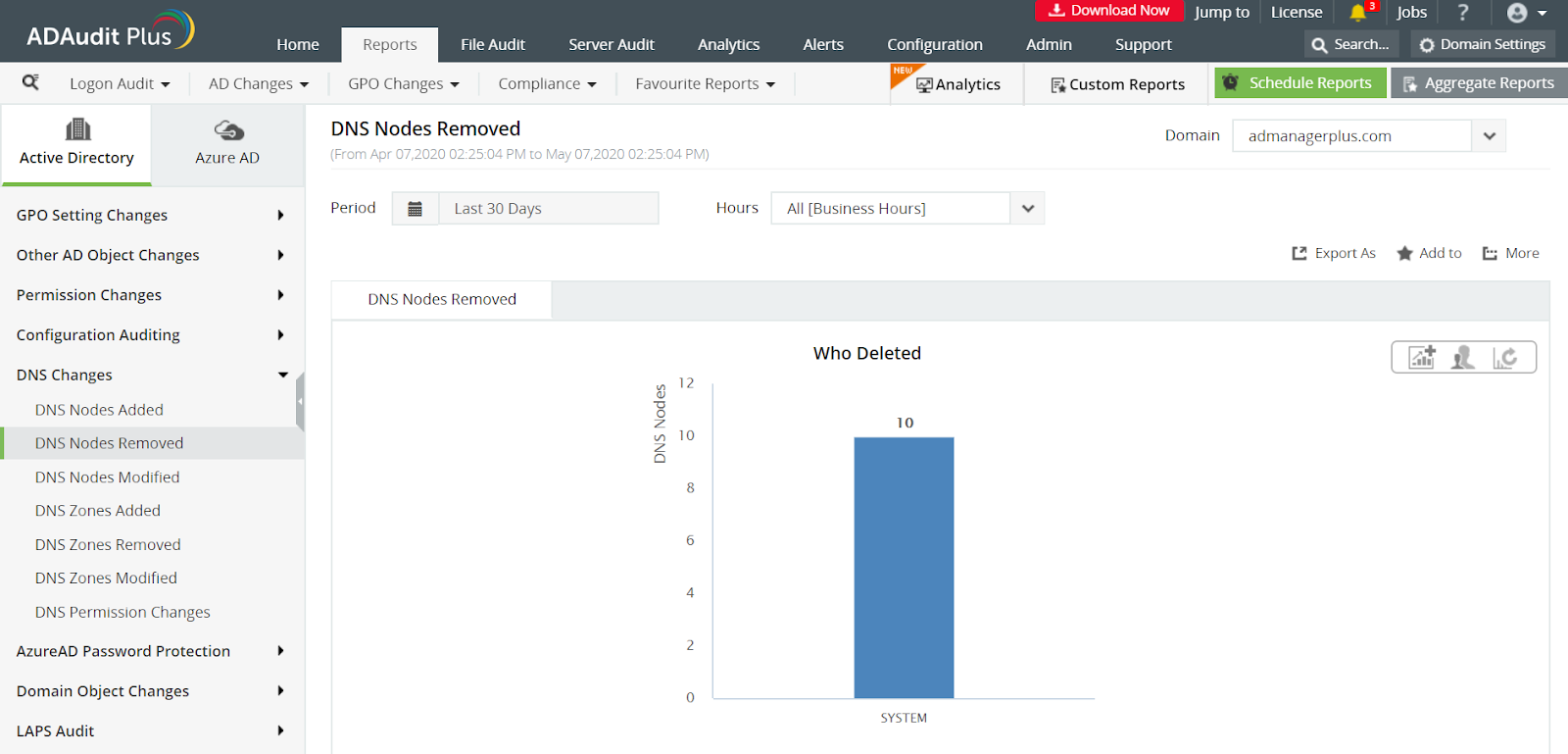Direct Inward Dialing: +1 408 916 9892
DNS records are database records that reside in authoritative DNS servers and map URLs to appropriate IP addresses. These records comprise of text files written in DNS syntax and guide the DNS server on what to do. All DNS records have TTL (time to live) that indicates the frequency at which a DNS record will be refreshed by the DNS server.
This is one of the basic types of DNS records which is used to point out the IP address of a given domain. Most of the websites have a single A record, but it’s possible to have multiple A records. Few high profile websites have different A records to distribute request traffic to one of various IP addresses (round robin load balancing).
CNAME records are used instead of A record, when a domain or subdomain is an alias of another domain. When sites have subdomains, CNAME records which point to a root domain are used. These records direct users to the same IP address as the root domain.
These records are used to route emails in accordance with Simple Mail Transfer Protocol (SMTP), based on domain owner’s preference. MX record specifies the servers that should be used to deliver mails to when request is made to the domain. These records require a priority value as a part of their entry. The priority number indicates which of the servers listed in MX records should attempt to be used first.
A domain can have more than one TXT record. These records are used to store any text based information that can be accessed when necessary and allow domain administrators to enter text in a DNS record. Initially only human readable notes were saved in TXT records, now machine readable codes can also be fed into these records. TXT records are particularly used for SPF (Sender Policy Framework) codes, these codes help a mail server determine if a message is from a trusted source.
NS record indicates the authoritative DNS server, responsible for any domain. A domain can have several NS records which point out the domain's primary and backup name servers. The benefit of having many NS records on apex zone is additional redundancy of DNS service. To get the maximum redundancy, they should be hosted on different network segments
The SOA record appears at the beginning of a DNS zone file, and includes critical information such as domain serial number, authoritative name server for the current DNS zone, email address of the administrator and so on.
SRV records are service location records similar to MX but for other communication protocols. These records specify host names and port numbers for specific services like instant messaging, etc.
Simplify DNS record auditing and reporting with ADAudit Plus.
Fully functional 30-day trial
Domain naming system (DNS) servers are crucial for the operation of any network. Any unintentional or malicious modification of DNS record settings can cause service unavailability. Hence it is important to track changes in DNS records.ADAudit Plus simplifies monitoring of DNS records by offering predefined DNS Nodes Removed reports along with intuitive graphical representation of the same for the ease of comprehension.
Once ADAudit Plus has been installed, it automatically configures audit policies required for Active Directory auditing.
To enable automatic configuration: Log in to the ADAudit Plus web console → Domain Settings → Audit Policy: Configure.

ADAudit Plus comes bundled with more than 300 predefined reports that make AD auditing easier. The solution also sends real-time alerts for critical events and helps you to secure your network from threats and boosts your IT security posture. Check out the capabilities of ADAudit Plus here.
Try ADAudit Plus login monitoring tool to audit, track, and respond to malicious login and logoff actions instantaneously.
Try ADAudit Plus for free